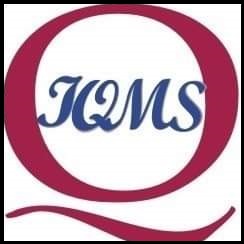CE MARK CERTIFICATE OF COMPLIANCE
The CE mark, or formerly EC mark, is a mandatory conformity marking for certain products sold within the European Economic Area (EEA) since 1985. The CE marking is also found on products sold outside the EEA that are manufactured in, or designed to be sold in, the EEA. It consists of the CE logo and, if applicable, the four digit identification number of the notified body involved in the conformity assessment procedure.
The CE marking is the manufacturer's declaration that the product meets the requirements of the applicable EC directives.
The CE marking is a kind of trade passport for the European market place. It allows the manufacturer to freely circulate their product throughout the 30 countries of the European Economic Area (EEA).
The great benefit for manufacturers is that there is now only one set of requirements and procedures to comply with in designing and manufacturing a product for the entire EEA. The various and conflicting national regulations are eliminated. As a result, the product no longer needs to be adapted to the specific requirements of the different member states of the EEA.
In addition, it may be considered a benefit that by implementing the requirements, the product will be safer for the user and this may also reduce damage and liability claims.
Countries requiring the CE marking
CE marking is mandatory for certain product groups within the (EEA; the 28 member states of the EU plus EFTA countries Iceland, Norway and Liechtenstein) plus Switzerland and Turkey. The manufacturer of products made within the EEA and the importer of goods made in other countries must ensure that CE-marked goods conform to standards.
As of 2013 CE marking was not required by countries of the Central European Free Trade Agreement (CEFTA), but members Republic of Macedonia, Serbia, and Montenegro had applied for membership of the European Union, and were adopting many of its standards within their legislation.
Product Groups
- Active implantable medical devices
- Appliances burning gaseous fuels
- Cableway installations designed to carry persons
- Construction products
- Eco-design of energy related products
- Electromagnetic compatibility
- Equipment and protective systems intended for use potentially explosive atmospheres
- Explosives for civil uses
- Hot-water boilers
- In vitro diagnostic medical devices
- Lifts
- Low voltage
- Machinery
- Measuring Instruments
- Medical devices
- Noise emission in the environment
- Non-automatic weighing instruments
- Personal protective equipment
- Pressure equipment
- Pyrotechnics
- Radio and telecommunications terminal equipment
- Recreational craft
- Restriction of the use of certain hazardous substances in electrical and electronic equipment RoHS 2
- Safety of toys
- Simple pressure vessels

